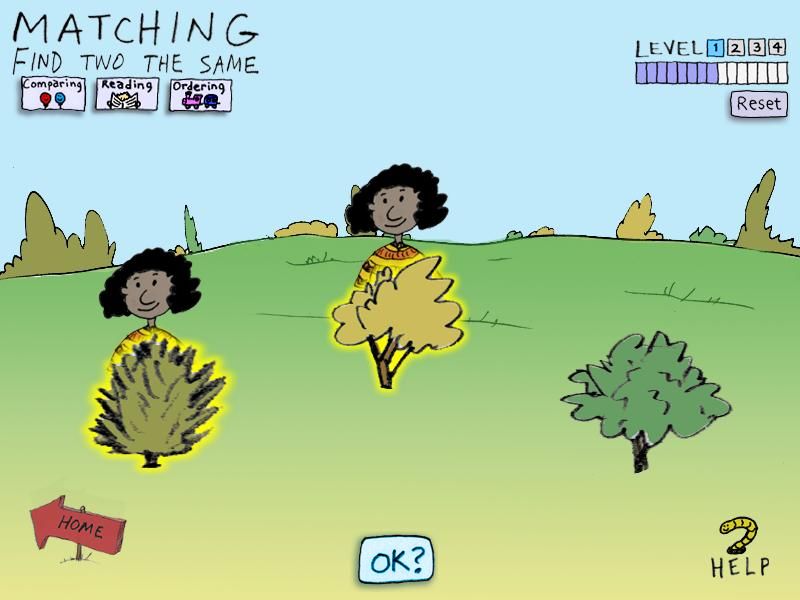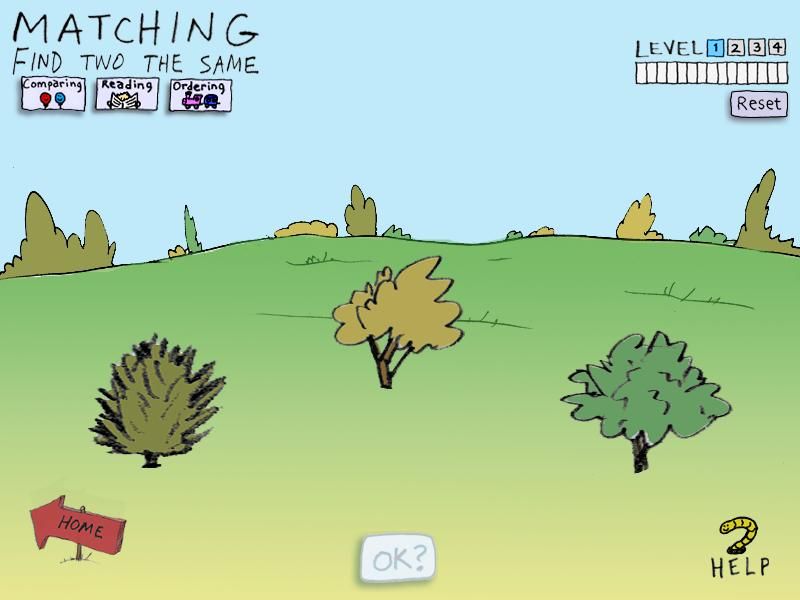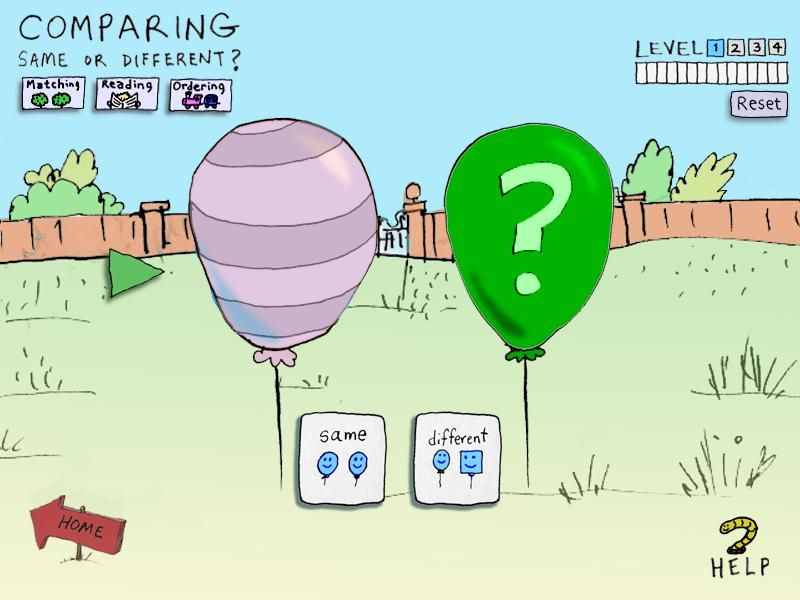Retro Replay Review
Gameplay
Morton Subotnick’s Hearing Music delivers a hands-on approach to musical literacy through four distinct game modes—Reading, Matching, Ordering, and Comparing—each designed to sharpen young ears and minds. Using only the mouse, children aged 8 and up point, click, and drag their way through short musical excerpts, making instant decisions about notation, melody pairs, sequence order, and sameness. The intuitive interface ensures players spend time on the music rather than wrestling with controls.
(HEY YOU!! We hope you enjoy! We try not to run ads. So basically, this is a very expensive hobby running this site. Please consider joining us for updates, forums, and more. Network w/ us to make some cash or friends while retro gaming, and you can win some free retro games for posting. Okay, carry on 👍)
The game offers two difficulty tiers—Beginner and Advanced—with four parts per level. As players progress, melodies grow longer and puzzles more intricate, striking a balance between challenge and encouragement. Each success rewards the user with an animated celebration set to the Hallelujah chorus from Handel’s Messiah, adding a dose of fun and motivation at every milestone.
Hearing Music’s structure encourages repetition and gradual mastery. Whether a child breezes through the Matching game by identifying identical bush-generated tunes or takes extra time sequencing melodic snippets in the Ordering challenge, each mode reinforces fundamental concepts like pitch recognition, rhythmic patterns, and melodic contour. This layered progression keeps learners engaged and fosters a genuine sense of achievement.
Graphics
Visually, Hearing Music embraces a colorful, child-friendly aesthetic. The game’s backgrounds are simple yet charming, featuring whimsical bushes, animated characters, and clear musical notation panels. These graphics ensure the focus remains on auditory learning while still providing a playful, inviting environment.
Animations are smooth and purposeful—bushes sway as you hover, and characters perform a joyful dance when you complete a level. This subtle motion keeps the interface lively without overwhelming the senses, a crucial consideration for educational software aimed at younger audiences.
Typography is crisp and legible, with musical notes rendered in a familiar style that mirrors standard beginner notation. Icons and buttons are generously sized for easy clicking, reducing frustration and helping children navigate menus and game modes seamlessly.
Story
While Hearing Music isn’t a narrative-driven adventure, it offers an underlying “story” of discovery and learning, guided by Morton Subotnick’s philosophy. The choice of “Hearing” over “Listening” underscores the game’s focus: drawing attention to how we perceive music, not just passively consume it.
Interwoven with the interactive games is a narrated miniseries titled About Music, comprising ten chapters that delve into how we hear and respond to sound. Read in a calm, friendly voice, these passages ground the gameplay in real-world concepts—explaining, for instance, why pitch matters or how rhythm affects emotion—giving children context for the challenges they tackle.
Each chapter of About Music feels like a brief audio story, complete with gentle pacing and clear explanations. This segment can stand alone as an educational tool or complement the interactive tasks, enriching the overall experience and reinforcing the learning objectives behind each mini-game.
Overall Experience
Morton Subotnick’s Hearing Music strikes an admirable balance between education and entertainment. Its gameplay loop is straightforward yet progressively challenging, making it ideal for classroom settings, home schooling, or casual play. The musical content is varied and thoughtfully designed to build real listening skills.
The combination of interactive puzzles, animated celebrations, and the narrated About Music book creates a cohesive learning environment. Children come away not only having practiced pitch and rhythm recognition but also with a deeper appreciation for the inner workings of music as an art form.
For any parent, educator, or music instructor seeking an engaging, visually appealing introduction to musical literacy, Hearing Music offers a robust package. Its emphasis on active hearing, smooth interface, and positive reinforcement make it a standout choice in the realm of educational music software.
 Retro Replay Retro Replay gaming reviews, news, emulation, geek stuff and more!
Retro Replay Retro Replay gaming reviews, news, emulation, geek stuff and more!








Reviews
There are no reviews yet.